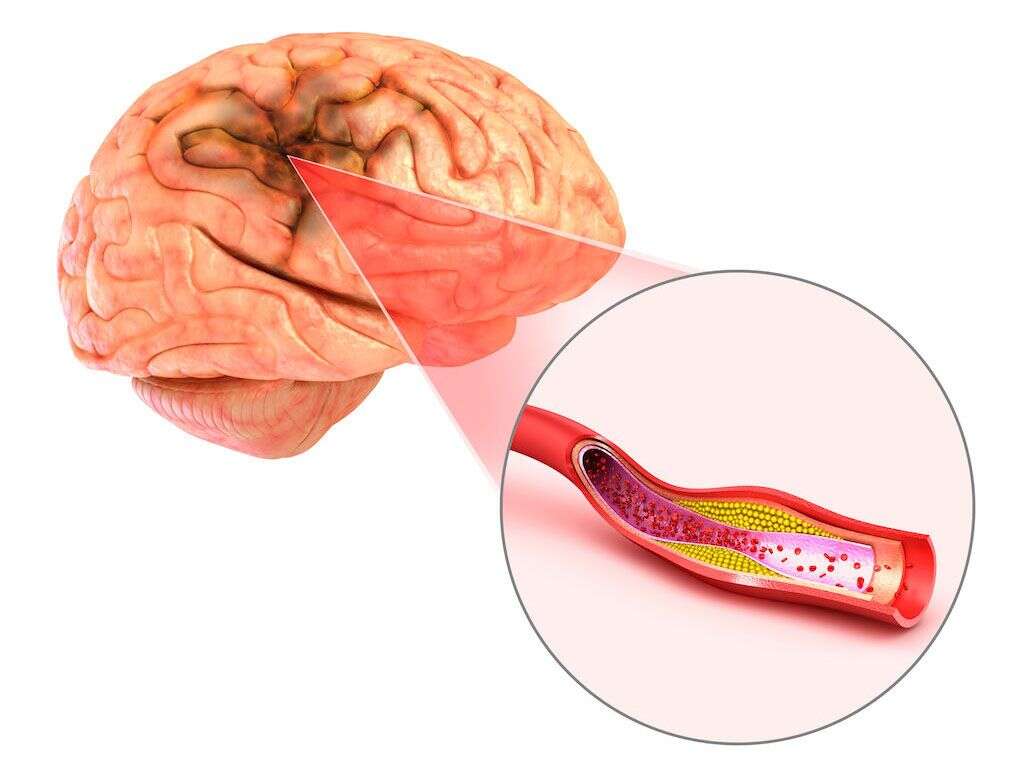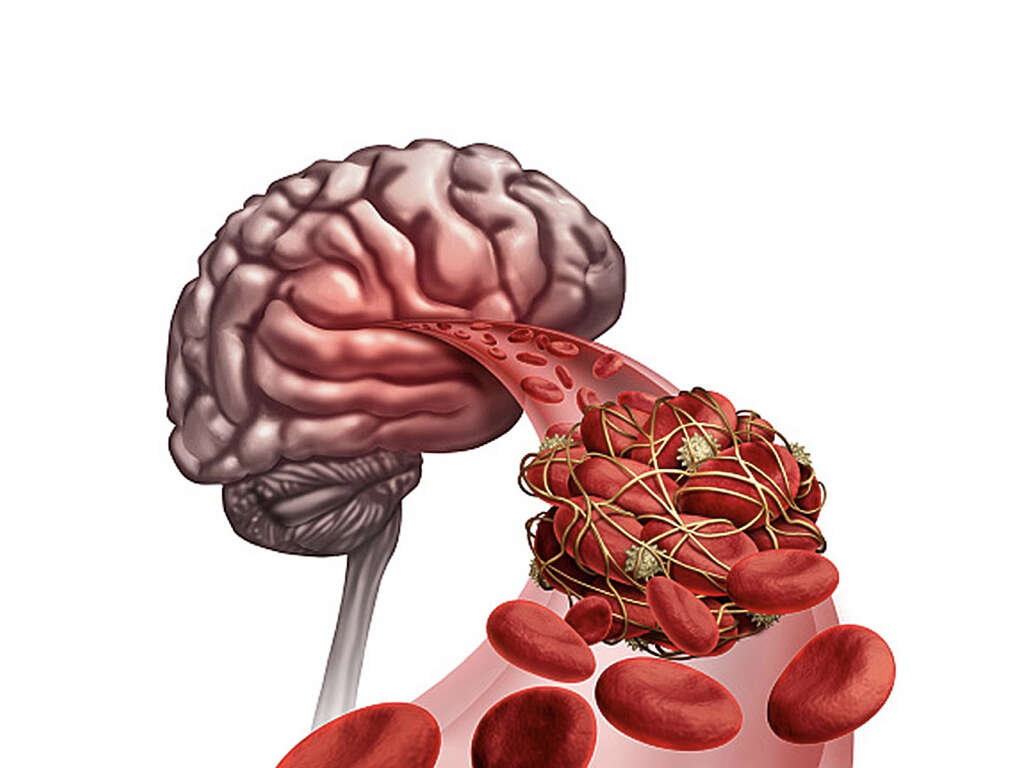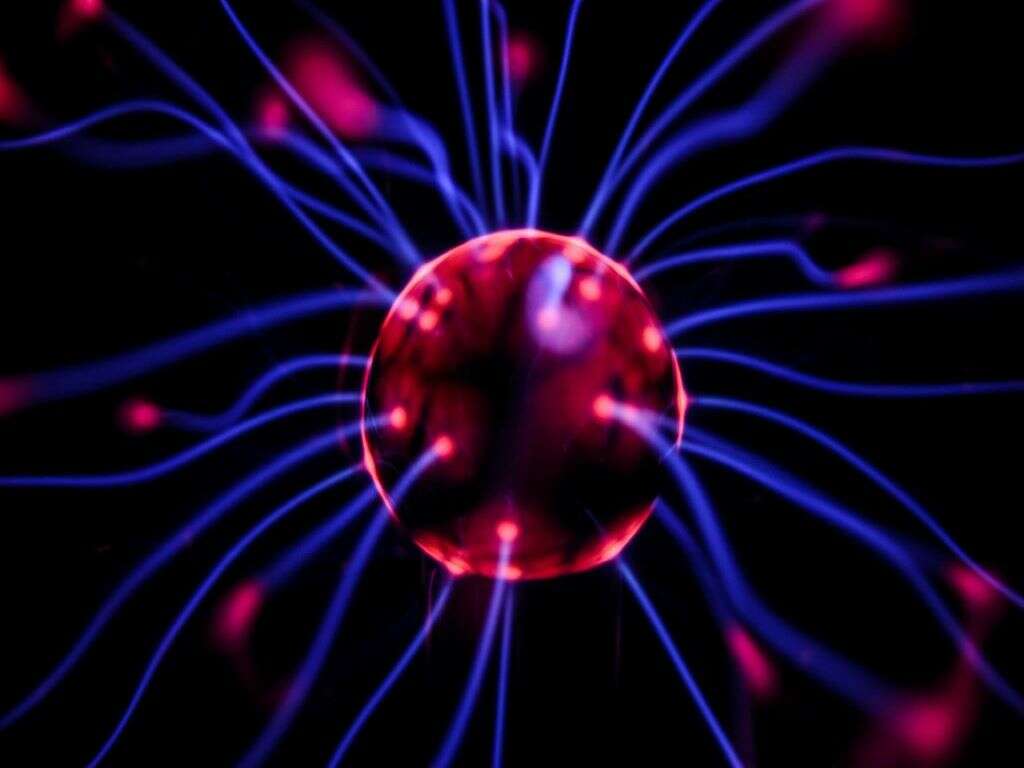What Is a Subarachnoid Hemorrhage?
A subarachnoid hemorrhage occurs when blood leaks into the narrow space between the pial and arachnoid membranes that surround the brain. It is a severe condition that requires immediate treatment. Most patients are hospitalized for 10 to 20 days, and 40% of patients do not survive.
Five percent of all strokes and half of all instances of spontaneous bleeding inside the brain are caused by SAH. Although it does have a genetic component, the condition is thought to largely preventable. Learn how to recognize symptoms, what to expect from treatment, and ways to prevent SAH.
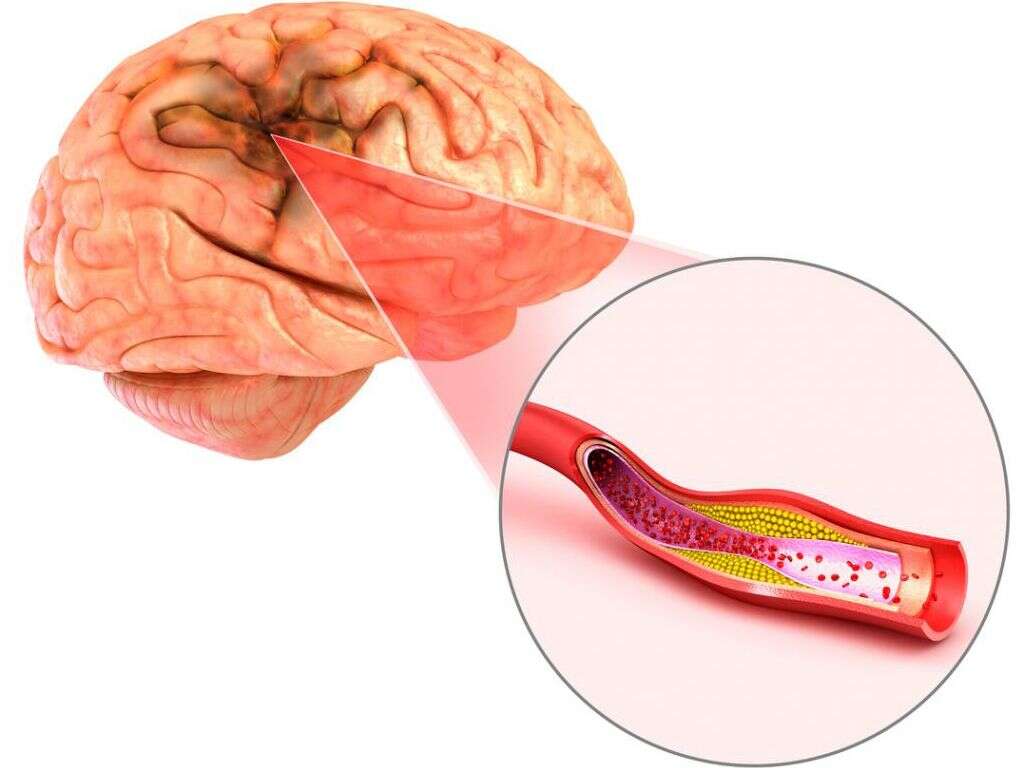
1. Causes
Swollen areas of an artery, called aneurysms, are responsible for 80% of cases of SAH. The swelling stretches the blood vessel walls, causing them to become thin to the point of bursting. Once the vessel bursts, uncontrolled bleeding results.
Bleeding from an aneurysm is referred to as non-traumatic SAH, to differentiate it from internal bleeding from a head injury. Lesions on the brain or spine also sometimes hemorrhage. In rare cases known as benign perimesencephalic SAH, a leaking vein or a blood clot is responsible.

2. Risk Factors
Evidence for the heritability of brain aneurysms comes from families with multiple members affected. However, researchers have not been able to pinpoint a specific gene as being responsible. They also have discovered that alleles thought to protect from ischemic stroke somehow increase the risk of having a hemorrhagic stroke instead.
High blood pressure, smoking, and low body mass all increase risk of SAH, as does the use of cocaine, methamphetamine, or excessive amounts of alcohol. Dietary choices associated with SAH include eating fruit less than once per week and chicken fat or skin more than four times per week.

3. Early Warning Signs
Aneurysms grow silently, and most people do not experience symptoms before they actually rupture. However, sometimes people are aware of changes as the aneurysm expands and presses on other parts of the brain. Small, preliminary leaks and emboli can also occur, resulting in minor symptoms.
The symptoms people notice in the hours or days before a brain aneurysm ruptures are usually minor sensory or motor disturbances such as drooping eyelids and difficulty speaking or understanding what other people say. Some experience seizures.
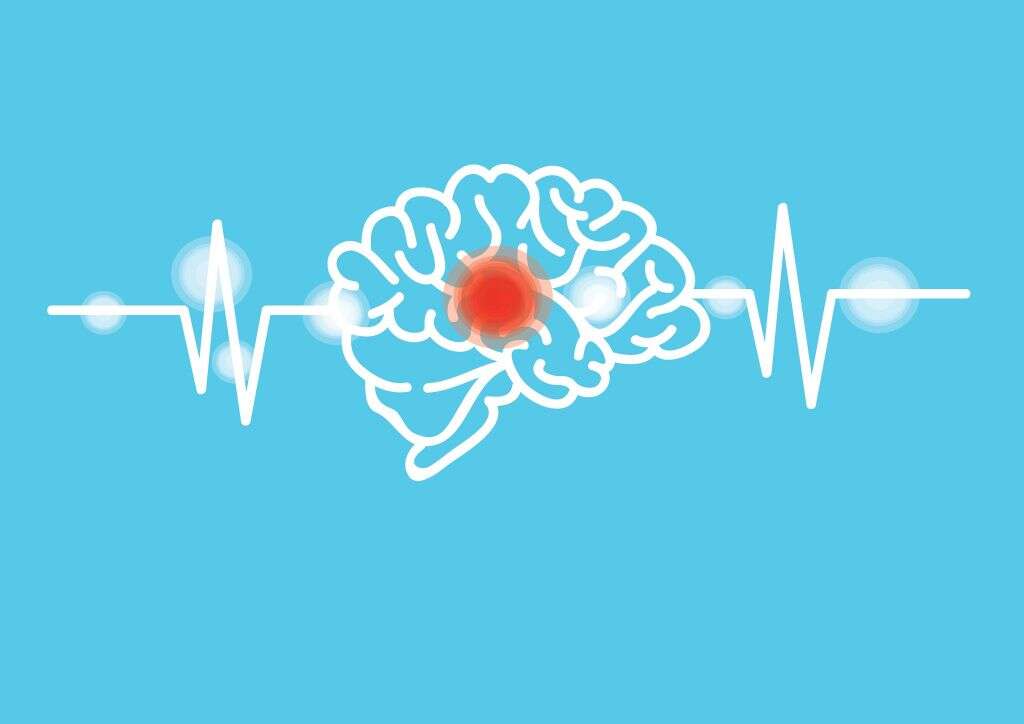
4. Symptoms
Forty-eight percent of those with SAH report a sudden, excruciating headache as their first symptom. The pain often extends into their eyes, resulting in an extreme aversion to light. The retinas may bleed, the optic nerves swell, and problems with vision can result.
Patients may become dizzy and nauseous. They may seem weak and unresponsive, lose consciousness, or have seizures. Other symptoms observed upon physical examination include elevated blood pressure, heart rate, and temperature. The heart may also beat irregularly.

5. Diagnosis
When a patient with symptoms of SAH first arrives at the hospital, he or she will undergo an electrocardiogram. To confirm hemorrhaging, doctors also perform a computed tomography scan to obtain an image of the brain. They then test cerebrospinal fluid for the presence of blood by withdrawing a sample from the lumbar region of the spinal cord.
Once SAH is confirmed, doctors perform other imaging procedures to determine the location of the hemorrhage. These include additional CT scans and magnetic resonance imaging of the brain. Laboratory tests include a serum chemistry panel, complete blood count, prothrombin time/activated partial thromboplastin time, and arterial blood gas determination.

6. Repair of Aneurysm
When SAH is caused by a burst aneurysm, repairing the blood vessel through either open surgery or endovascular treatment is the top priority. Surgery involves opening the skull to access the brain. Surgeons place a clip at the base of the aneurysm or sew on another blood vessel to bypass it. They then replace the portion of the cranium that was cut and fasten it with titanium plates and screws.
Doctors sometimes perform endovascular treatment instead of surgery. One such technique, coiling, involves inserting a catheter into a femoral or carotid artery. The catheter is extended to the base of the aneurysm where it releases platinum coils to fill it and stop the bleeding. Another procedure similarly uses stents to reduce blood flow to the area.
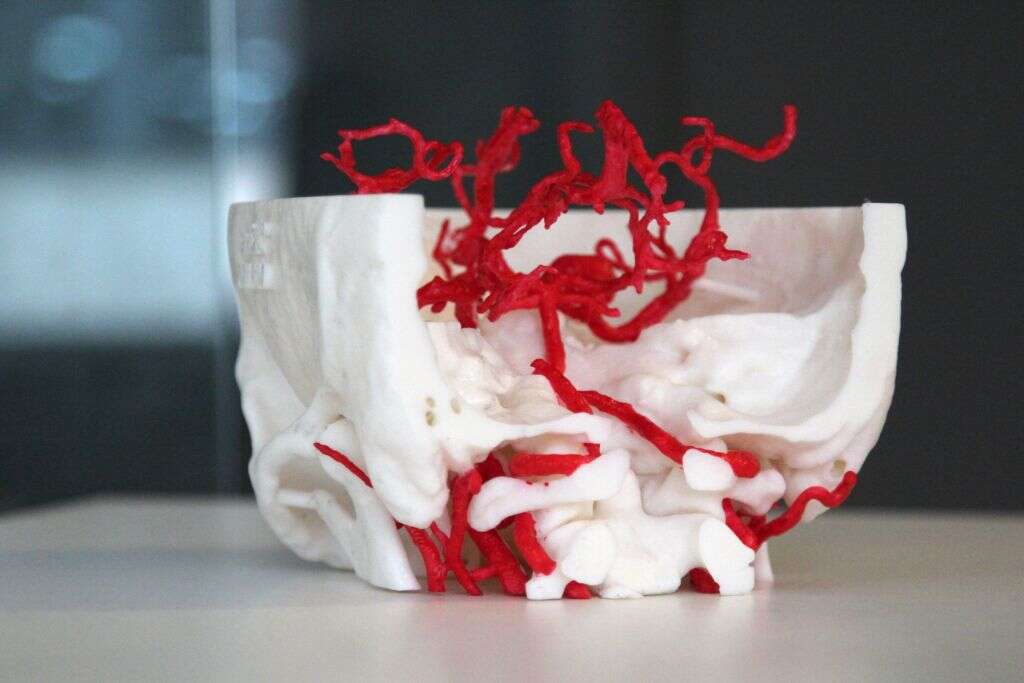
7. Treatment
Treatment of SAH with or without aneurysm requires the use of several medications, usually given intravenously. These include beta blockers to decrease arterial blood pressure that is over 130 millimeters Hg, hydralazine and calcium channel blockers, and angiotensin-converting enzyme inhibitors.
Patients with increased intracranial pressure sometimes require the use of a ventilator to help them breathe and must be intubated. They also require osmotic medications such as mannitol and loop diuretics such as furosemide. Some doctors also prescribe intravenous steroids, but others disagree with the benefit of administering these drugs.
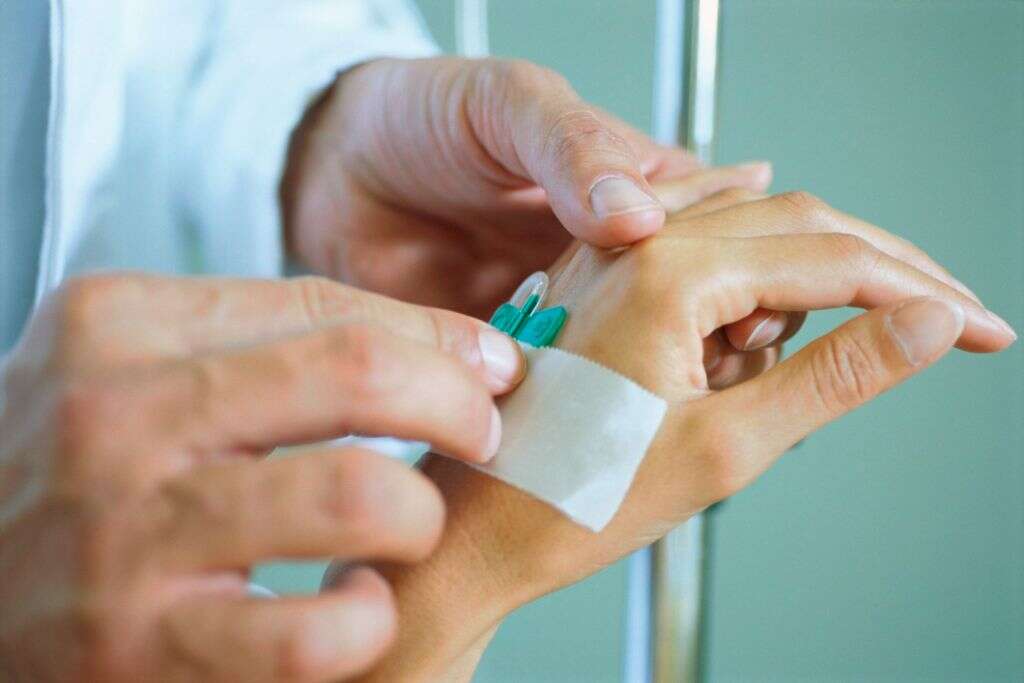
8. Complications
Many pulmonary and cardiac complications are associated with SAH. In particular, brain arteries can narrow and result in neurological problems or ischemic strokes. Some patients experience seizures during the acute phase, and others require medication to prevent them for the rest of their lives.
SAH patients also are at risk of hydrocephalus, an excess of cerebrospinal fluid in the brain caused by blood blocking the passageways where it normally flows. Doctors carefully monitor brain pressure and give medications to lower it when necessary. They also may install a temporary or permanent drain to release fluid.

9. Recovery
Approximately one month after hospital discharge, patients are re-evaluated with another CT scan of the brain. This imaging procedure gives information about how well the brain is recovering, as well as helps diagnose any potential for delayed hydrocephalus. Periodic imaging for the rest of the patient’s life is usually recommended, especially if SAH was caused by a ruptured aneurysm.
Sadly, almost 40% of patients with SAH die within 30 days, even after receiving medical care. Rate of recovery varies among patients, however, and depends upon multiple factors, including whether bleeding was the result of a traumatic accident, aneurysm, or other cause. It is normal for patients to feel depressed or anxious following the experience.
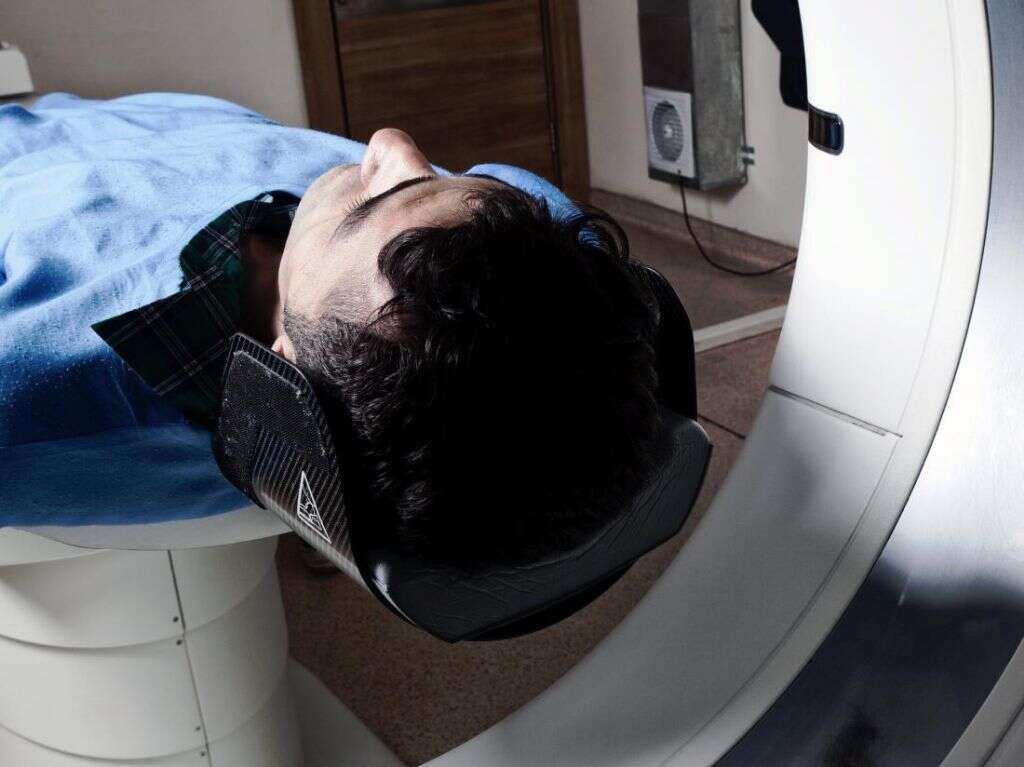
10. Prevention
After recovery from SAH, people with aneurysms are likely to experience rebleeding. They should watch for early warning signs such as headaches, and periodically have their brains imaged. They should maintain optimal blood pressure and take any medications prescribed for bleeding disorders. They should avoid food containing nitrates or substances that thin the blood.
If a relative has had SAH or an aneurysm, family members can reduce their own risk by making healthy lifestyle choices. Quitting smoking, using drugs, and consuming excessive amounts of alcohol are all extremely important actions to take. Decreasing the amount of fat from meat in the diet and increasing fruit consumption also may help.




